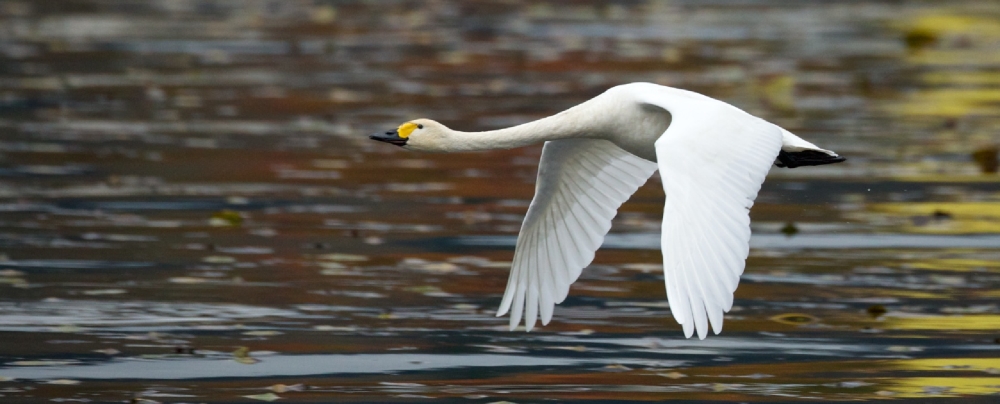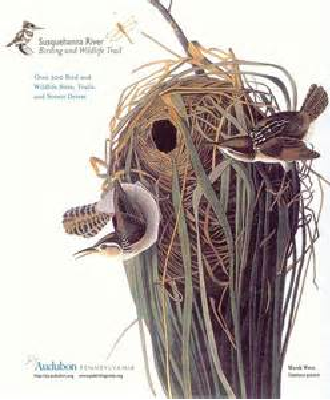Wildlife Watching
|
The Conejohela Flats host as many as 38 species of some 17,000 migratory shorebirds that feed and rest here on their annual journey from South and Central America to breeding grounds as far as the Arctic Tundra. The exposed mudflats and shallows around the islands across the river were farmed by local residents before the area was flooded by the Safe Harbor Dam in 1931. Now as many as 5,000 Tundra Swans stage here before they migrate north in late winter and early spring. Bald eagles and ospreys also use the Flats between April and September, and terns, herons, egrets, rails, hawks, and owls are also frequently seen here. Learn more about ospreys, eagles, terns, herons, egrets, rails, hawks, owls and Tundra Swans at https://www.allaboutbirds.org/guide/search/ Visit http://pa.audubon.org/ to learn more about birding opportunities on the Susquehanna River, or visit http://feederwatch.org/ to learn how you can participate in Cornell University's national progam to track and count birds from your backyard.
While birding may be one of the nation’s fastest growing forms of outdoor recreation, migratory birds are not the only wildlife drawing people to the river today. Boaters and anglers are also finding a new romance in the Rivertowns of the Lower Susquehanna, many of them hoping for a chance to see shad and eel as they make their annual journeys up the river. In the early days of the Republic, shad, eel and herring were so plentiful it was said a person could walk across the river on their backs without getting their boots wet. Unfortunately, these staples of Native American and colonists’ diet were fished out by the end of the 19th century. Industrial pollution and hydroelectric dams further contributed to their demise. Learn about efforts to clean up the river and restore fish and eel habitat in the Susquehanna at: http://susquehannawatertrail.org/sites/default/files/history/03.pdf and http://susquehannawatertrail.org/sites/default/files/history/04.pdf
|


